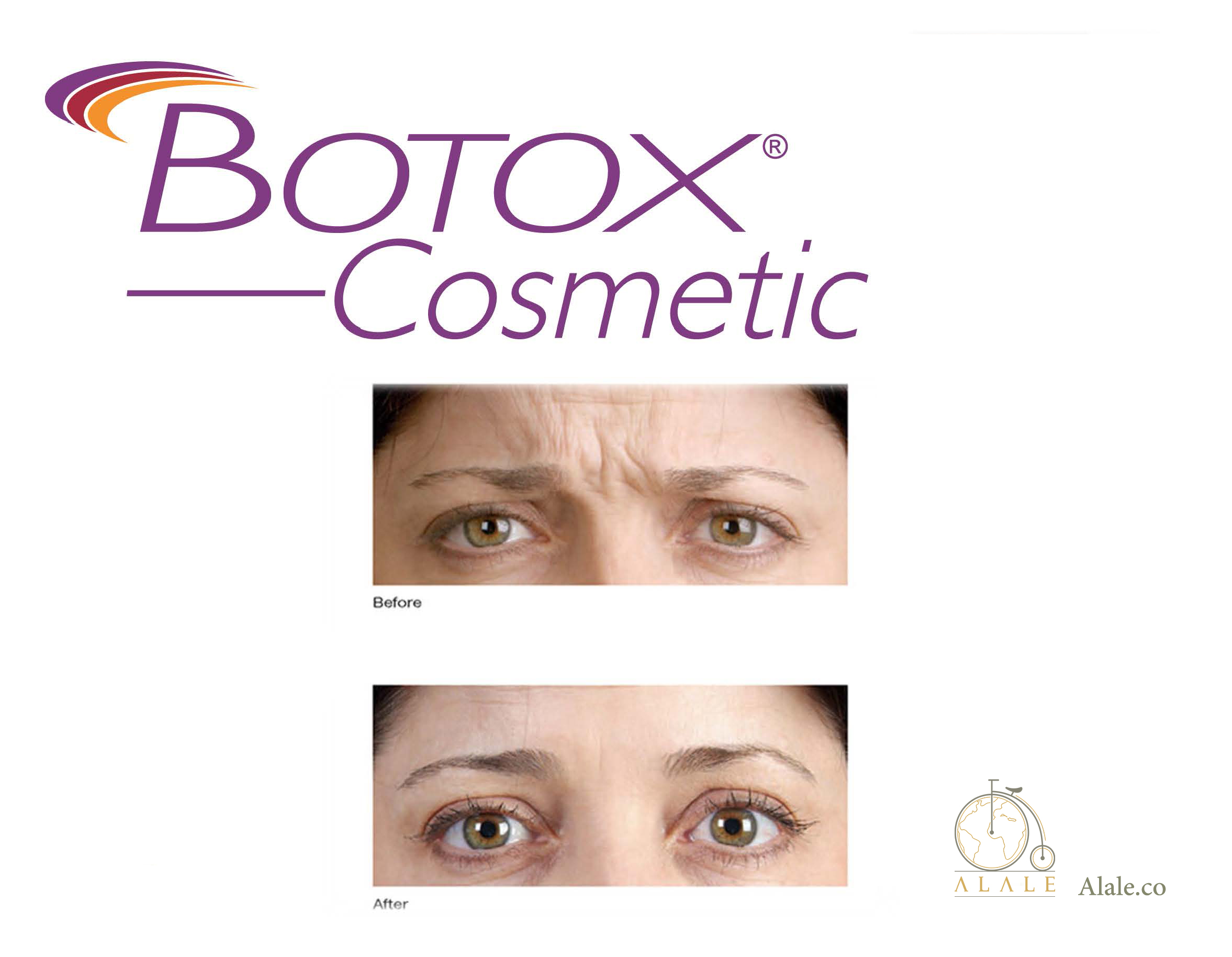
This makes lines and wrinkles, such as crow's feet and frown lines, less obvious.
They can temporarily alter your appearance without the need for surgery.
Limitations:
Safety: Take time to find a reputable practitioner who is properly qualified and practises in a clean, safe and appropriate environment. Ask the practitioner what you should do if something were to go wrong.
Botulinum toxin is a prescription-only medicine that should only be prescribed and given by an appropriately trained healthcare professional, such as a doctor, dentist, pharmacist prescriber, or nurse prescriber.
Legally, the prescriber can delegate the administration of the injections to another person, but they are responsible for ensuring it is given safely.
You shouldn't have botulinum injections if you're pregnant or breastfeeding, since the effects on the baby aren't known.
What it involves
You'll need to first meet with the doctor, nurse prescriber, pharmacist prescriber or dentist who will prescribe the medicine. This should always be a face-to-face meeting.
They'll want to fully understand your medical history and reasons for wanting the treatment before they go ahead.
The person who prescribed the medicine might administer it, or they might delegate this task to another person.
Local anaesthetic isn't usually needed. Your skin is cleaned and small amounts of botulinum toxin are injected into the muscles of the face to be treated.
Several injections are usually needed at different sites. It takes about 10 minutes. The injections may be a little painful. Most people tolerate the discomfort well.
Afterwards
You won't see any difference straight away: it takes about three to five days before the injections take effect, and up to two weeks for the full effect to be seen.
Avoid massaging or rubbing the treated areas for up to three days.
The effects generally last for about four to six months. If you want to maintain the effect, you'll need regular follow-up injections.
Risks
The risks of treatment include:
In rare cases, serious problems can develop in the hours, days or weeks after treatment, including blurred or double vision (if the area around the eyes is injected) and breathing difficulties (if the neck area is injected).
What to do if you have problems
If you've had Botox injections and are not happy with the results or are experiencing problems, take up the matter with your practitioner through the clinic where you were treated.
If there are any complications that require medical attention, it is best that you go back to the practitioner who treated you. If this is not possible, you can go to your GP or local accident and emergency (A&E) department.
If you’re concerned with your beauty , but financial issues are keeping you awaay from acting on it, keep in mind that Alale company present the best experts as wellas the best and most reliable beauty centers in iran.
Submit Comment